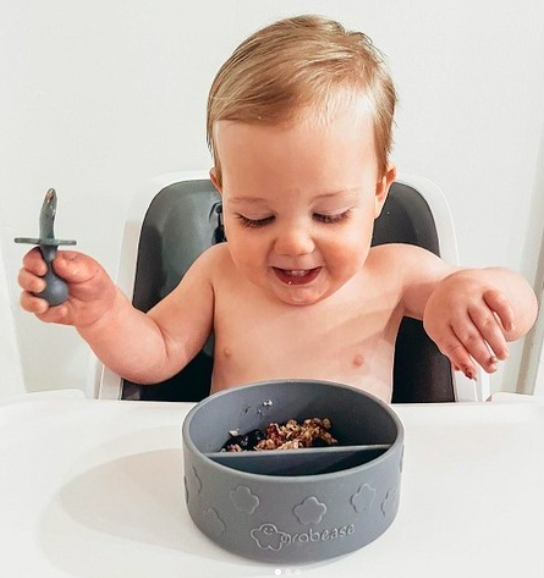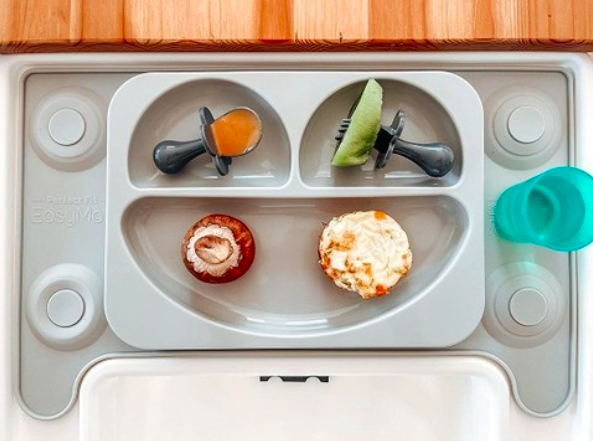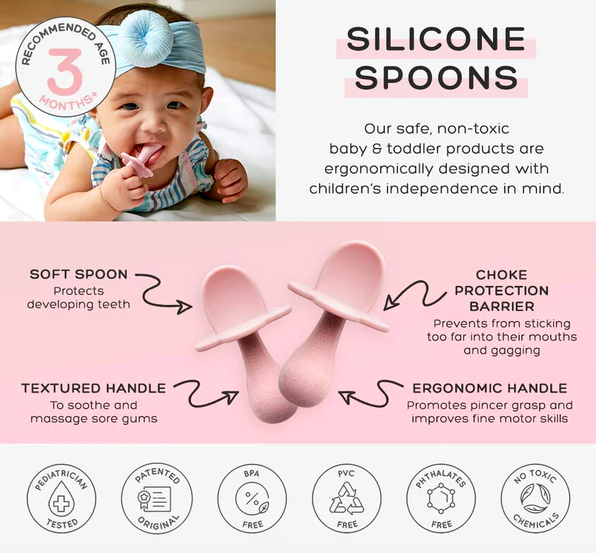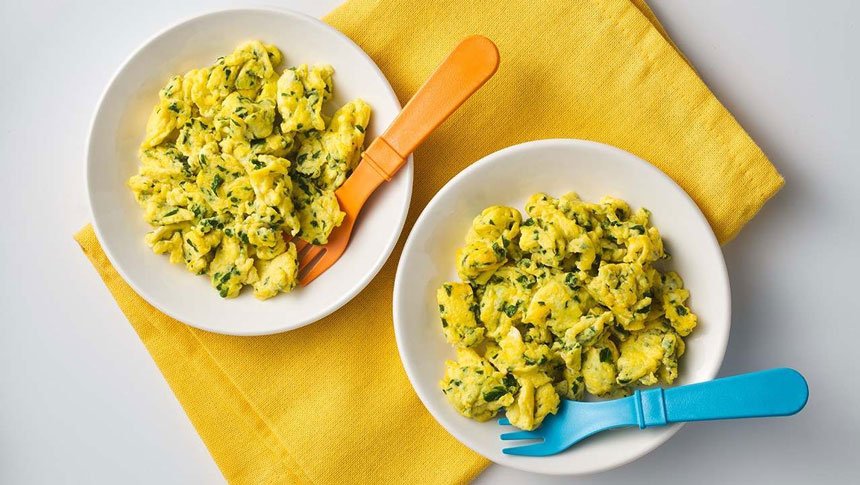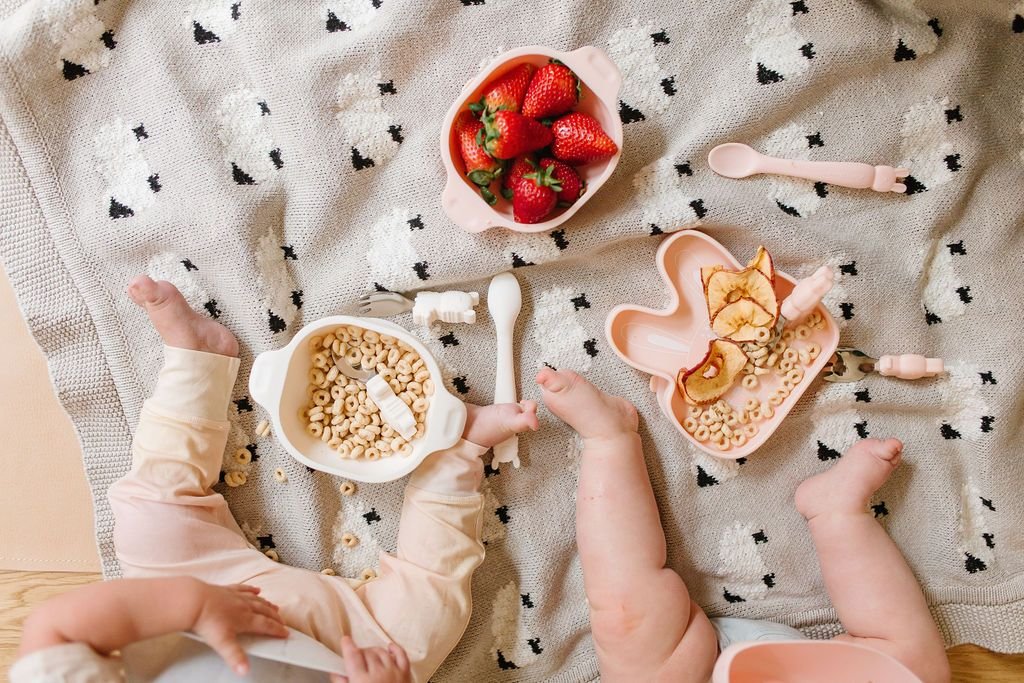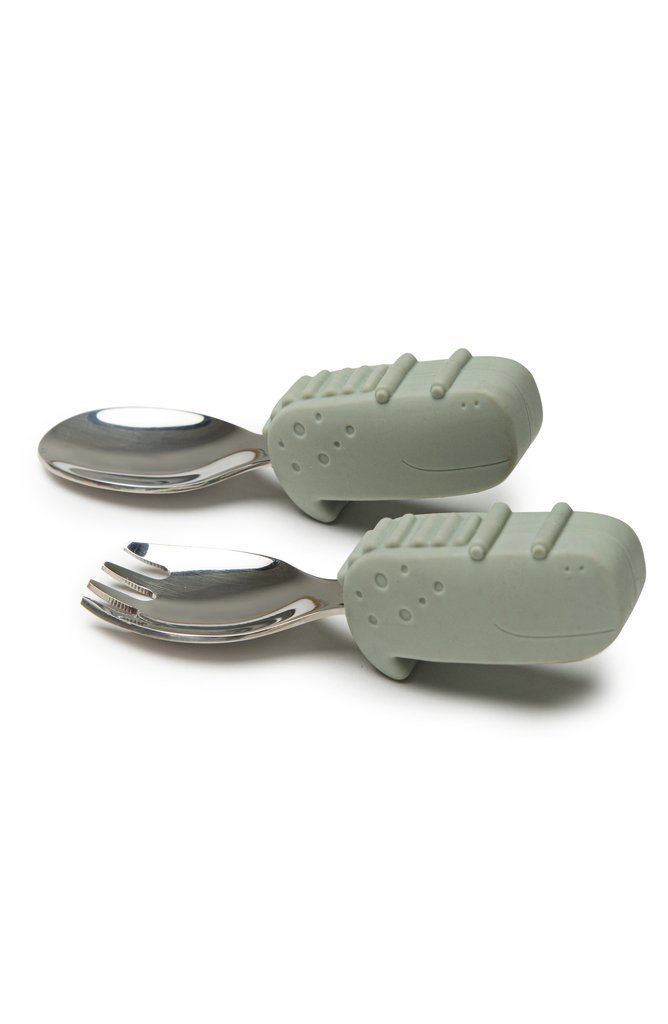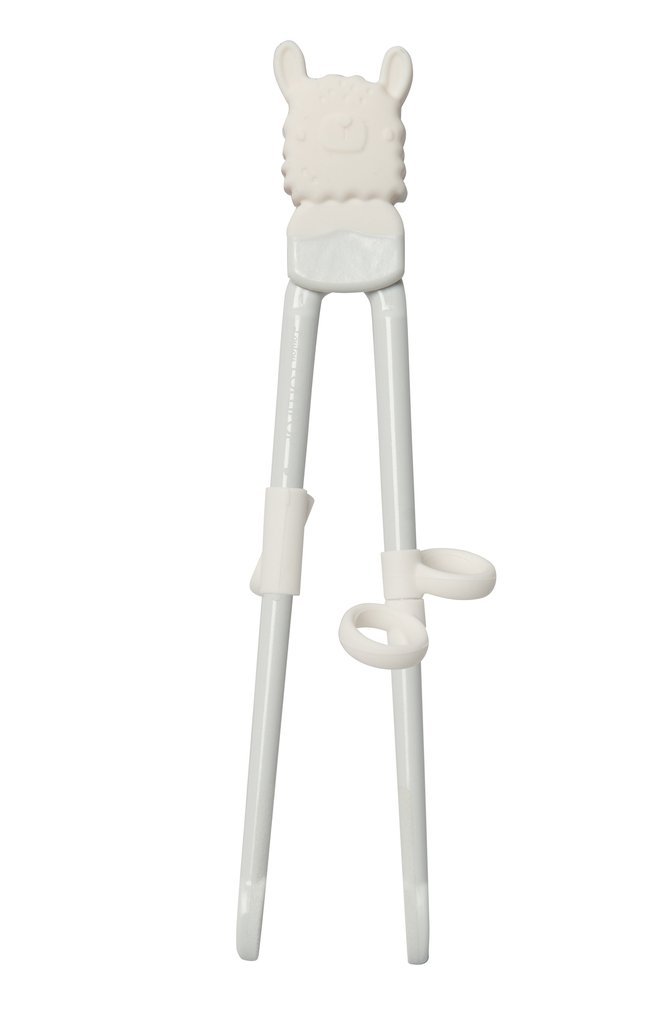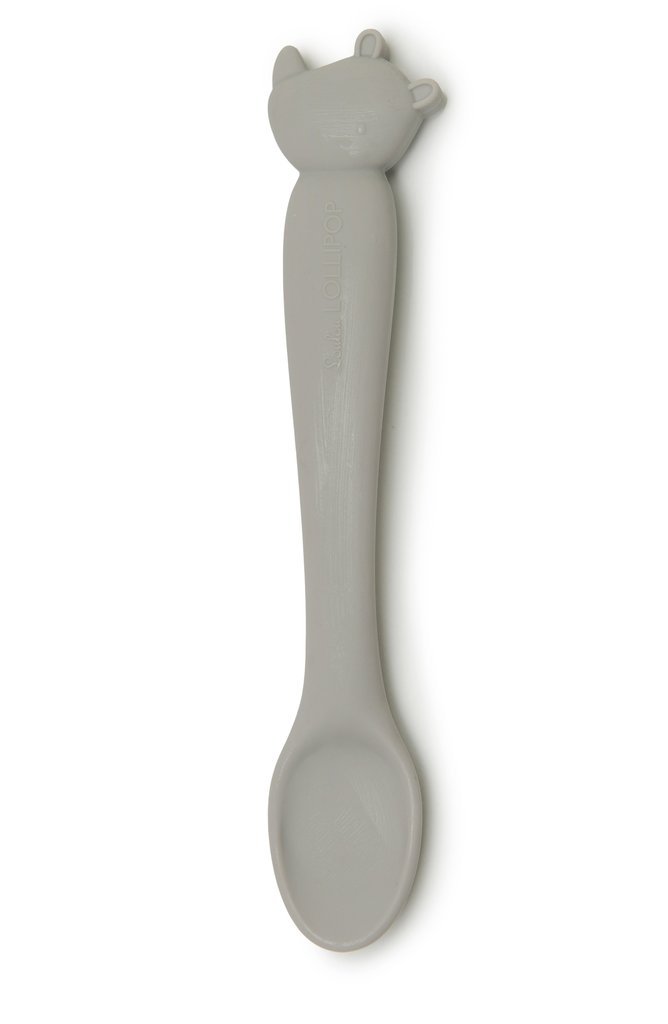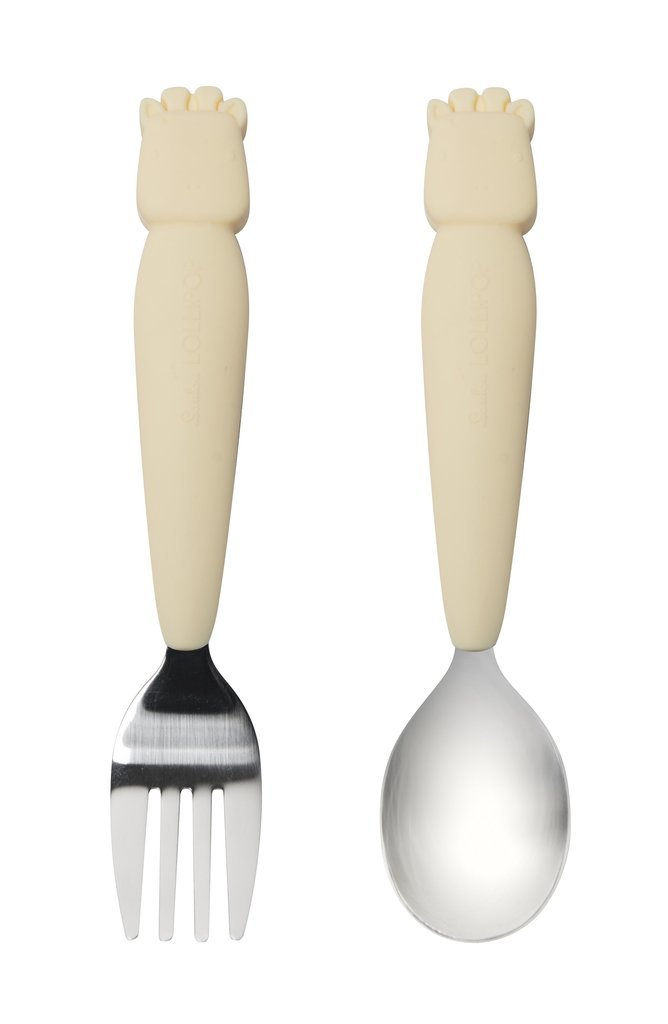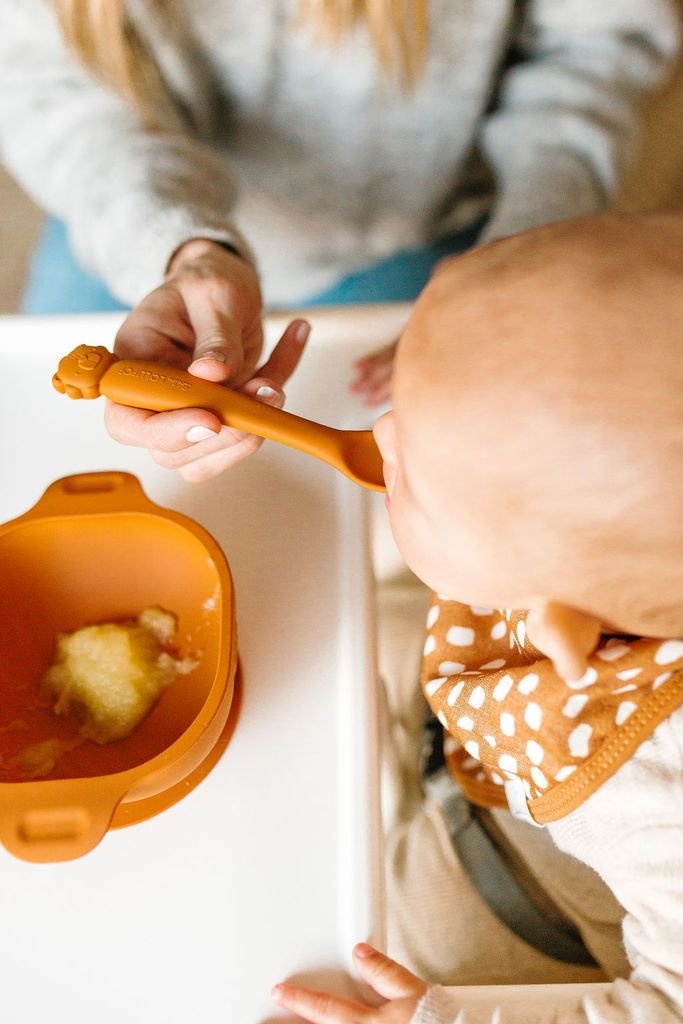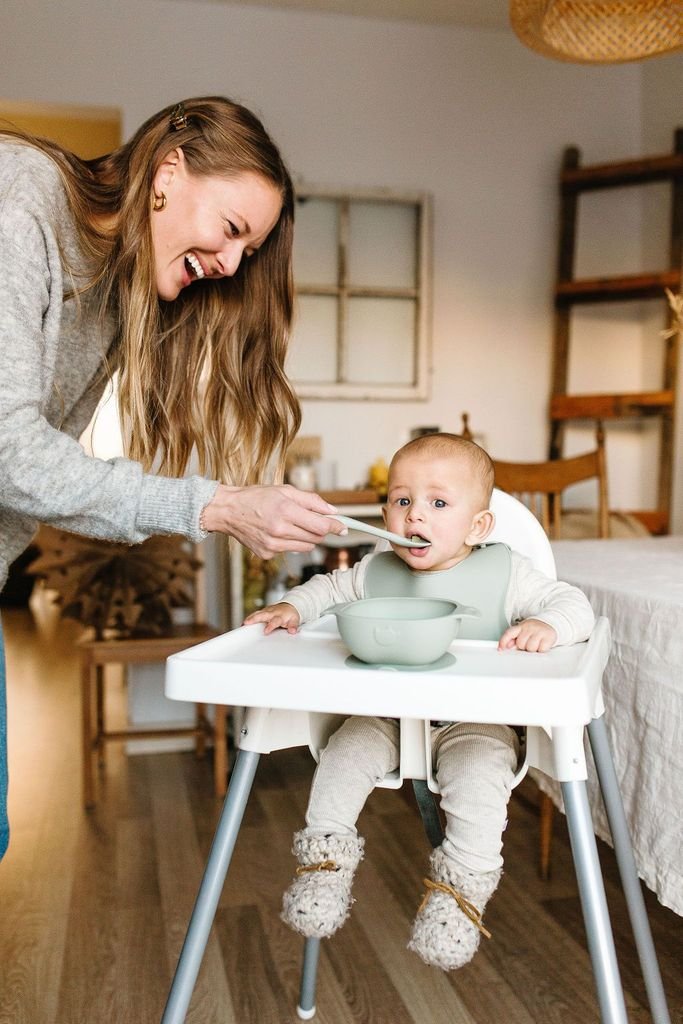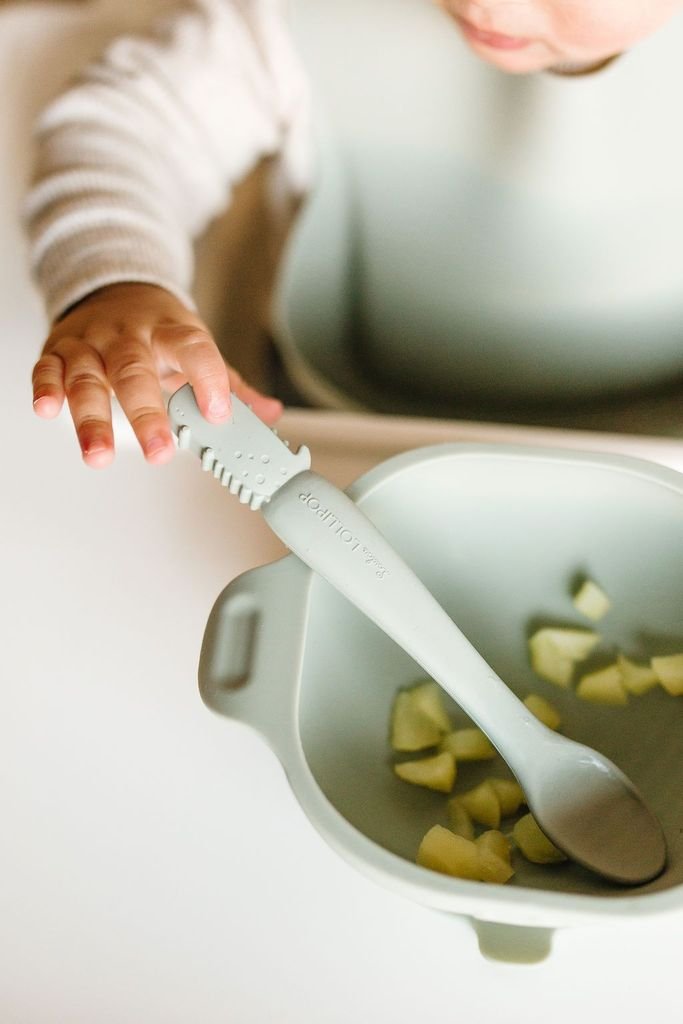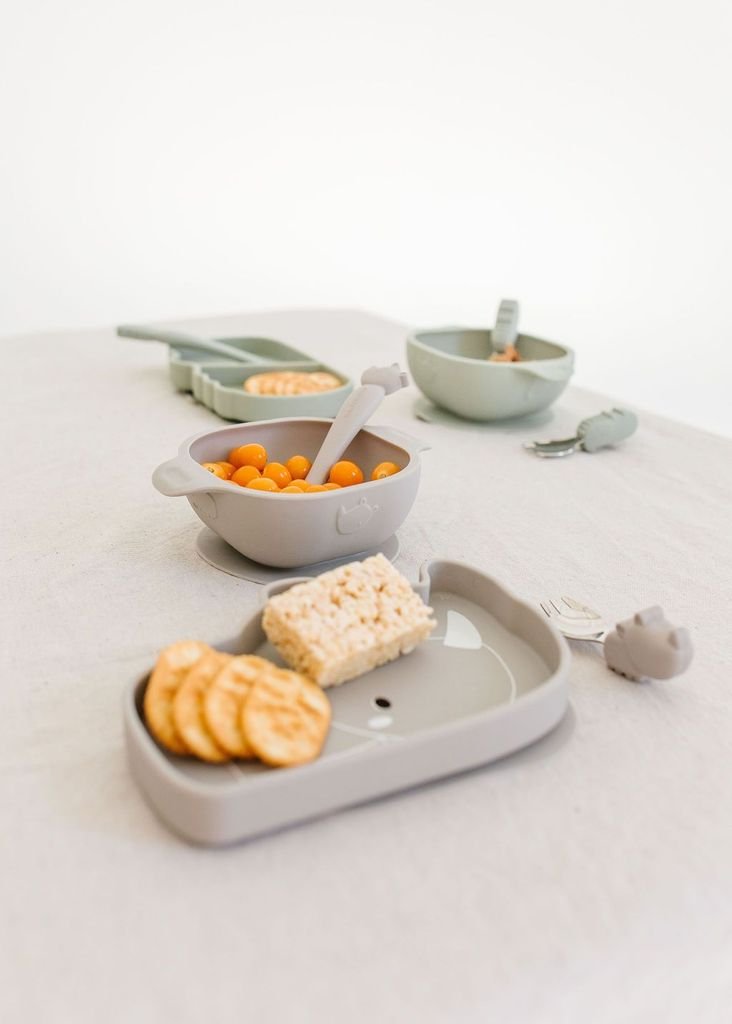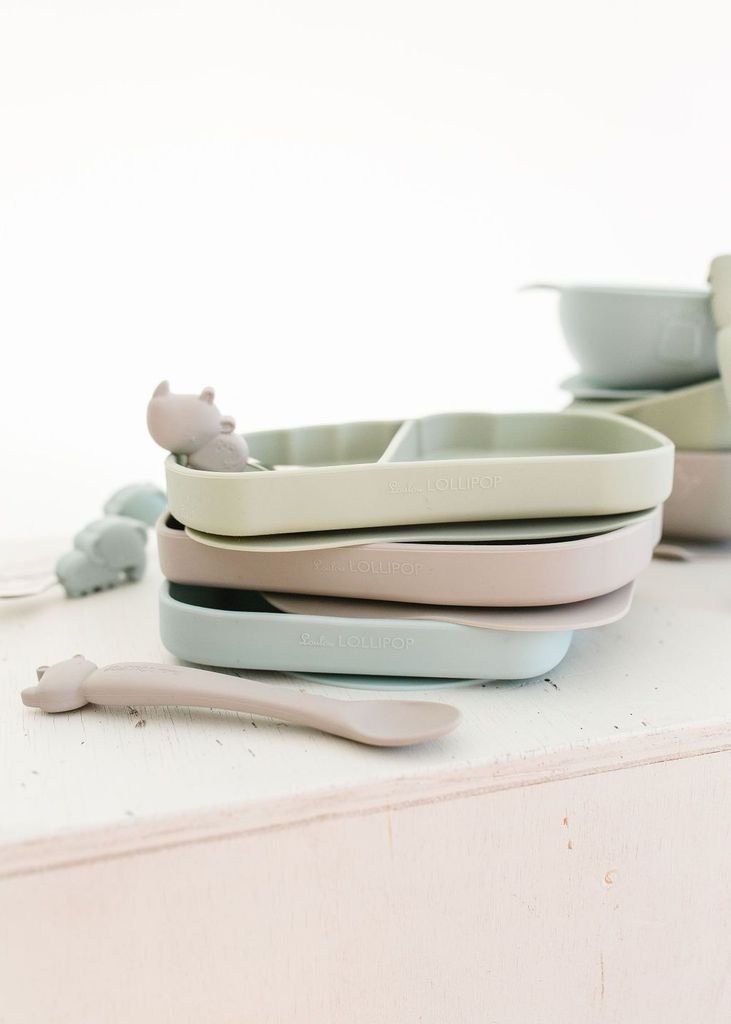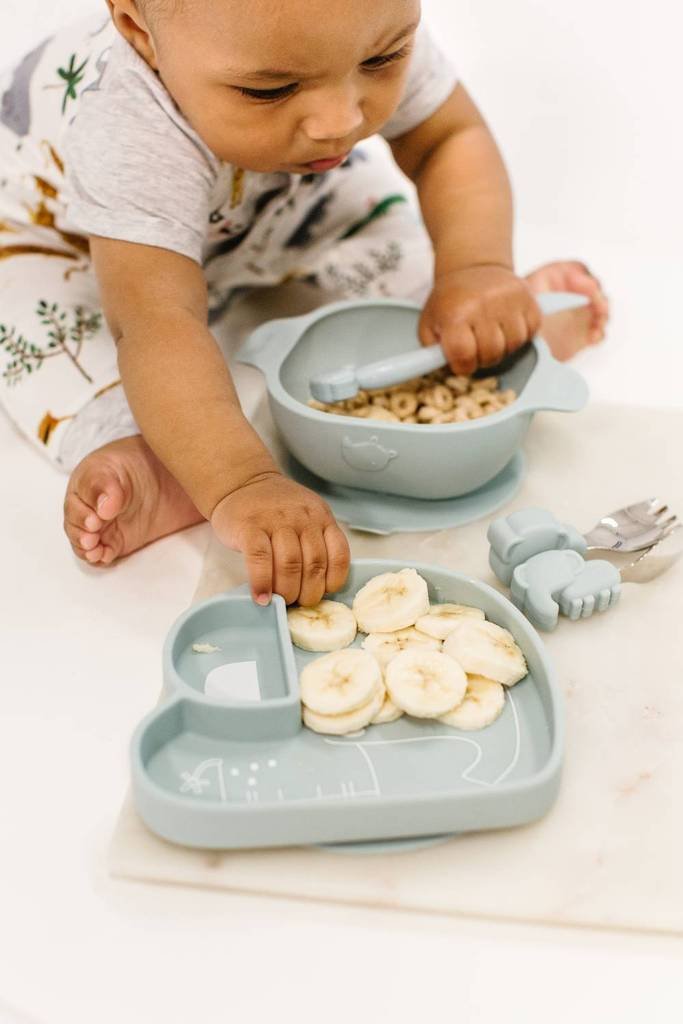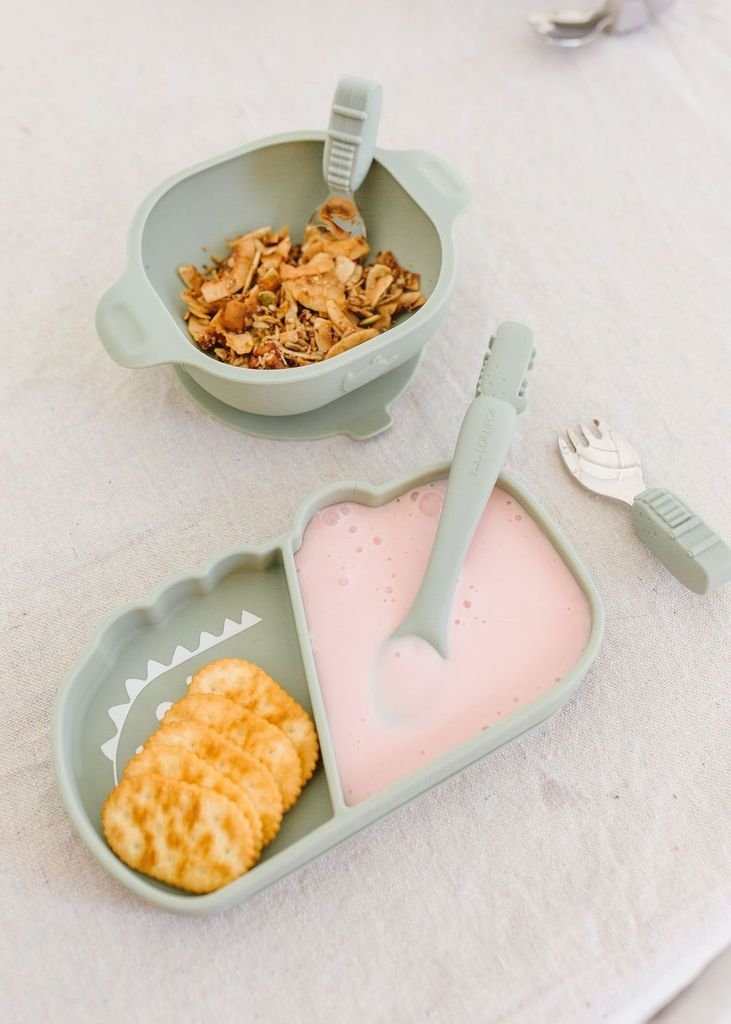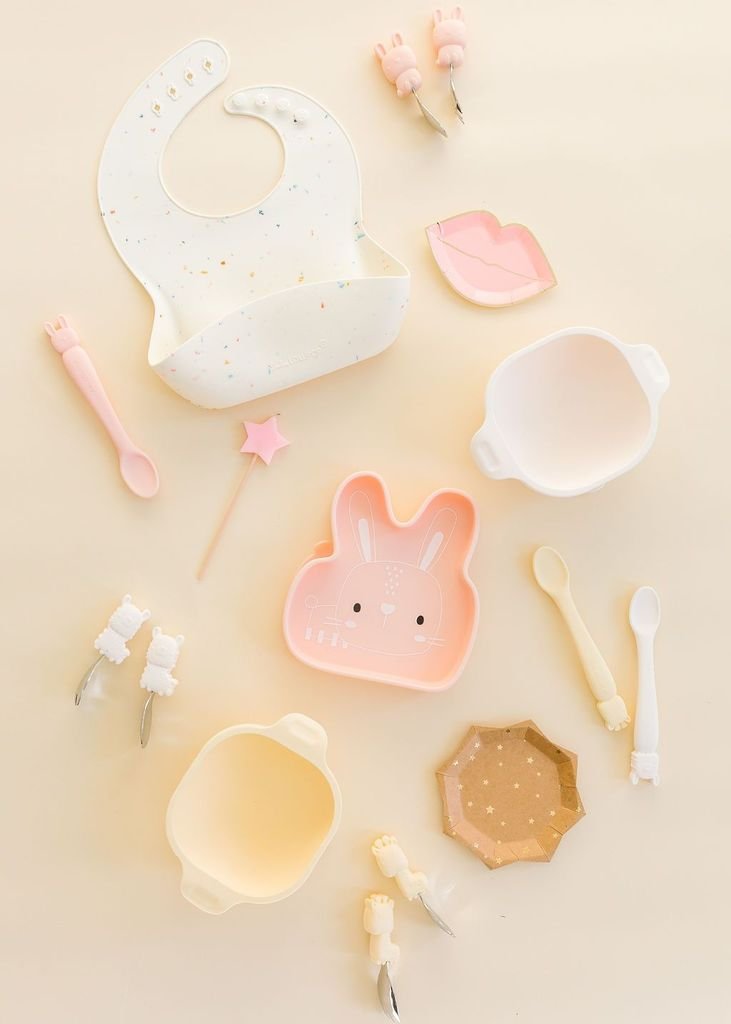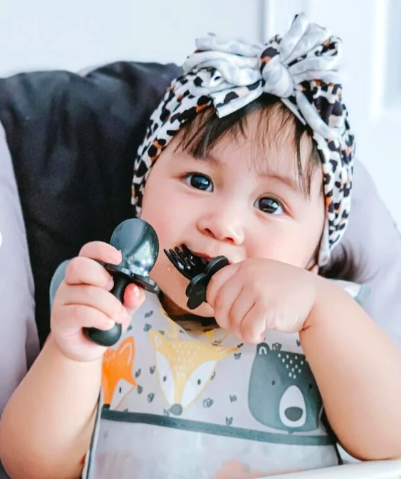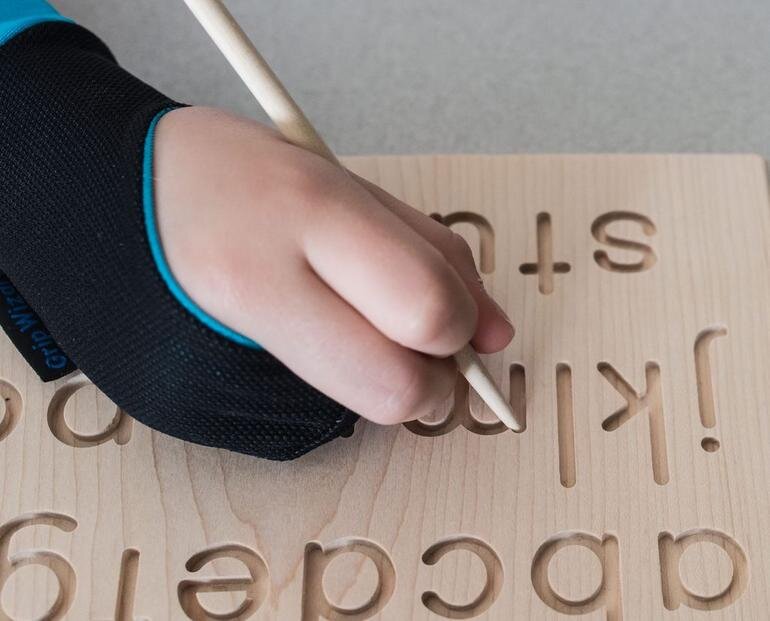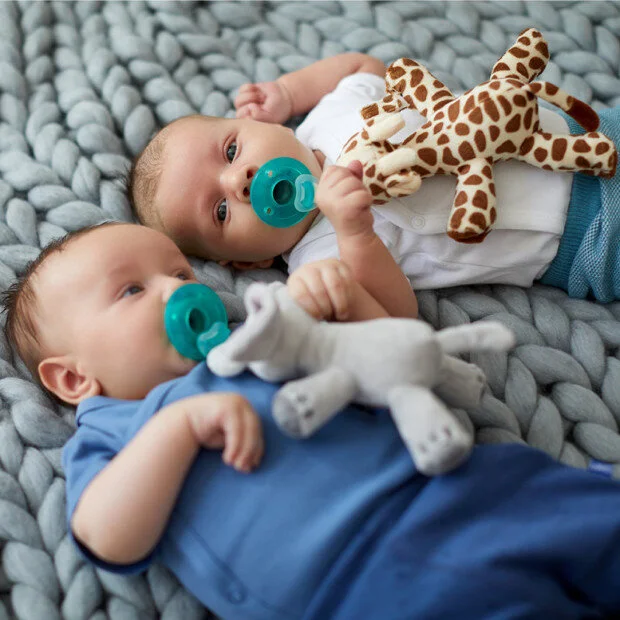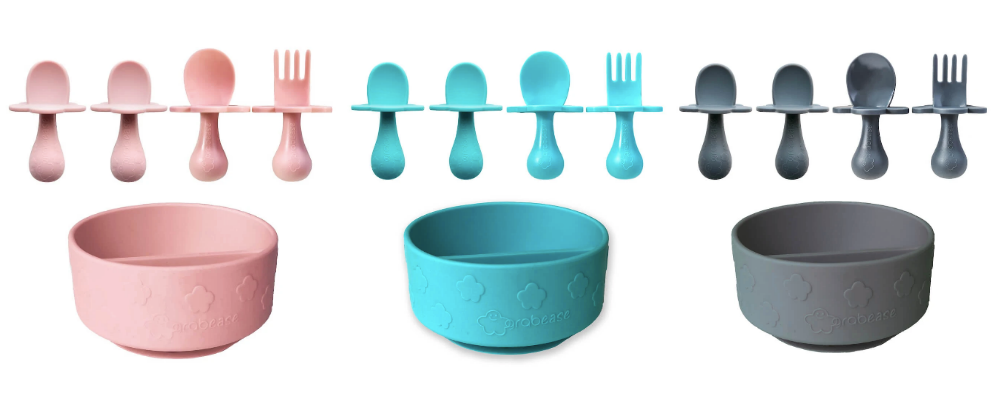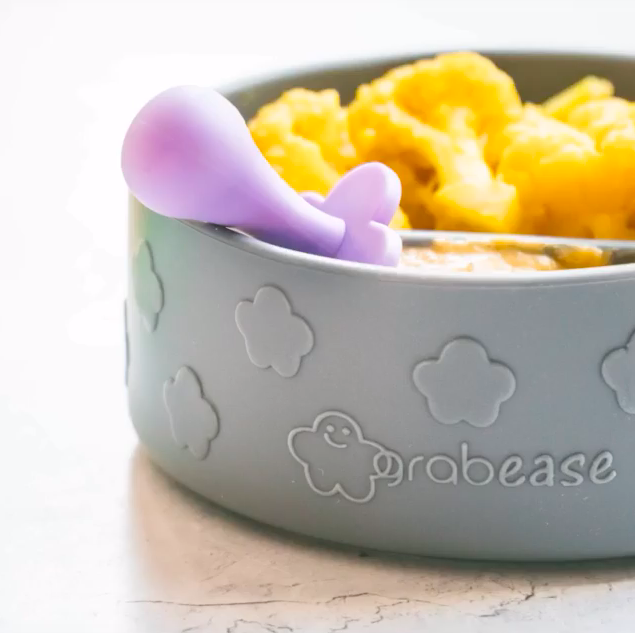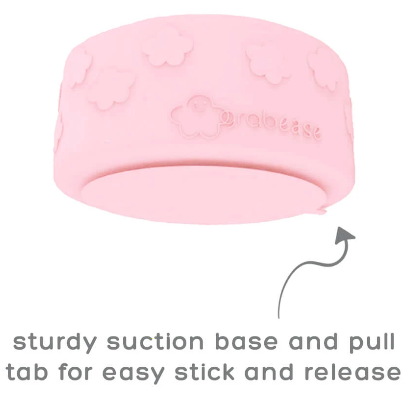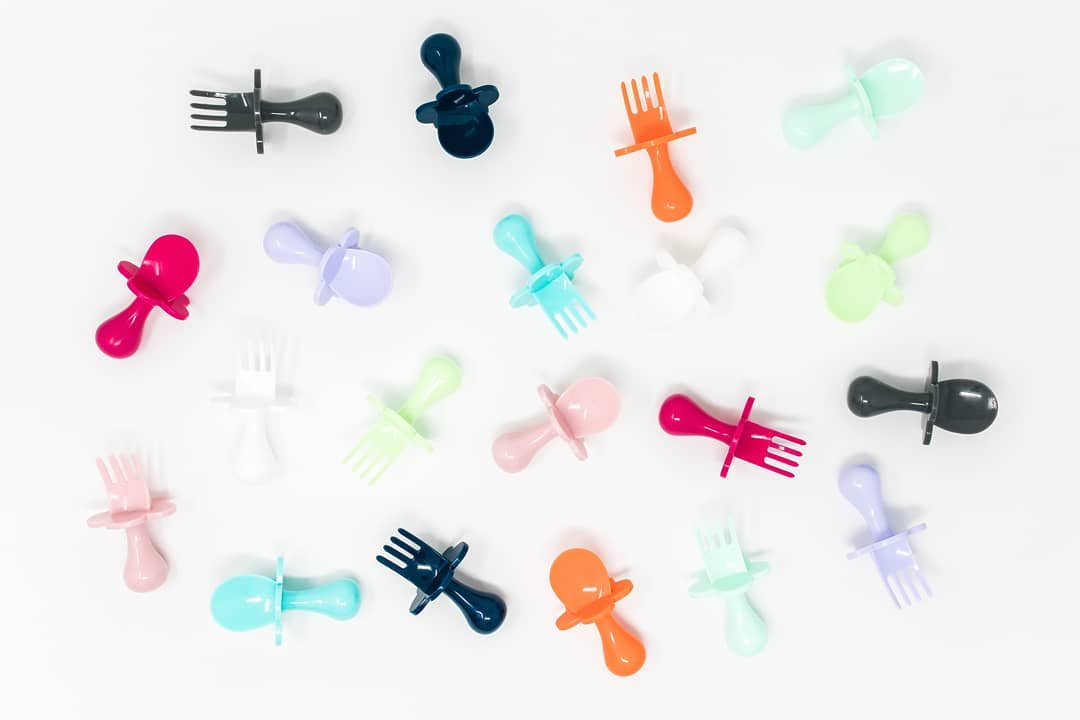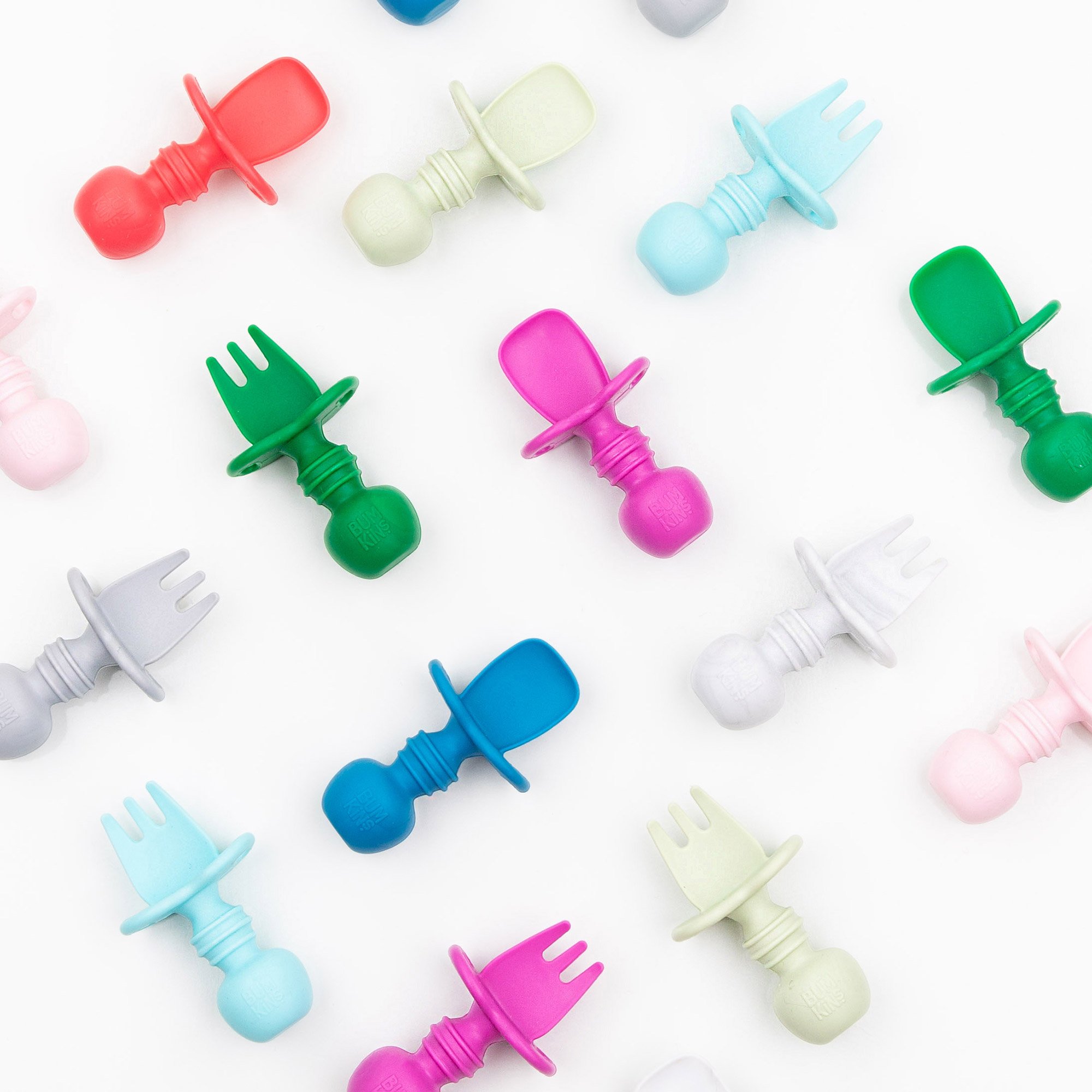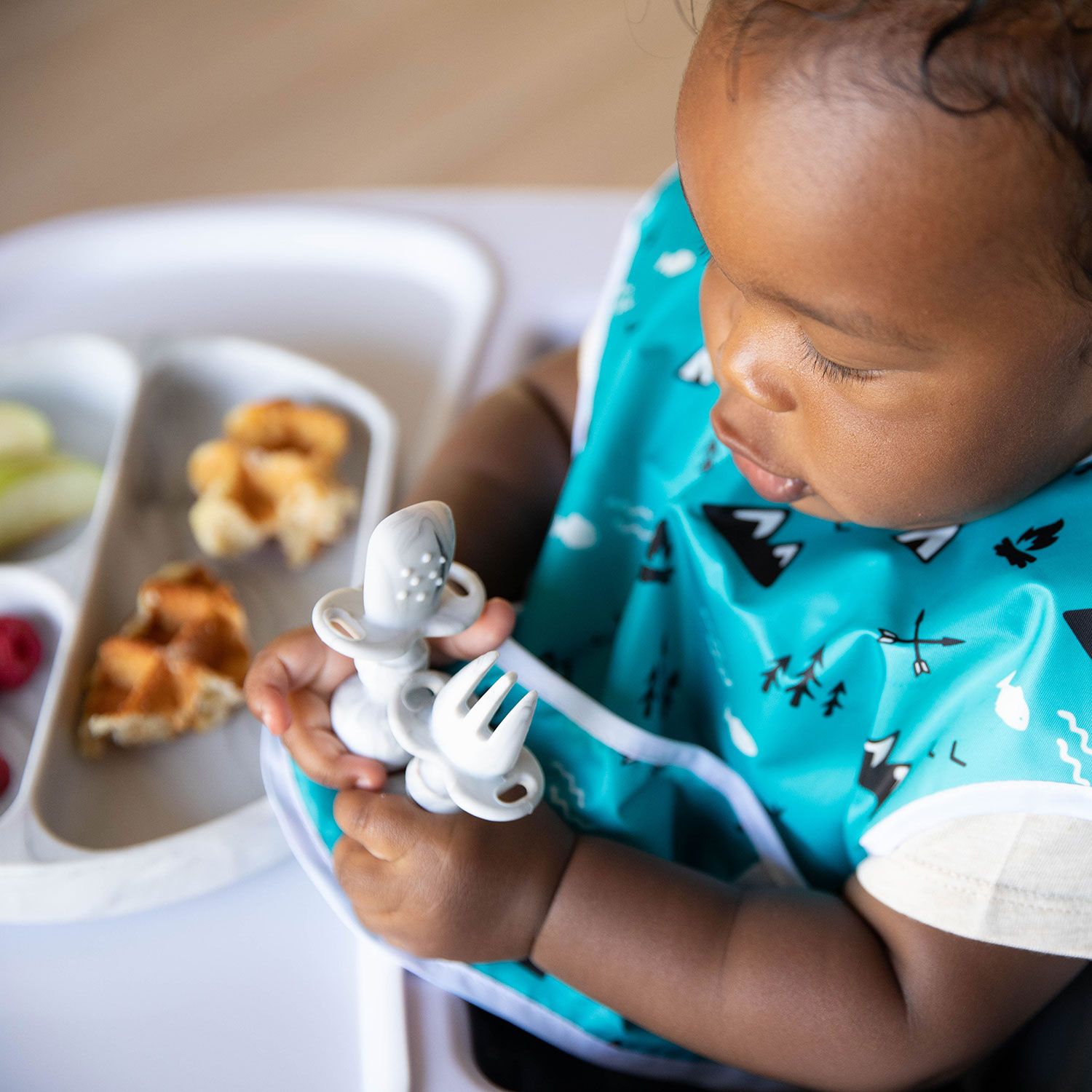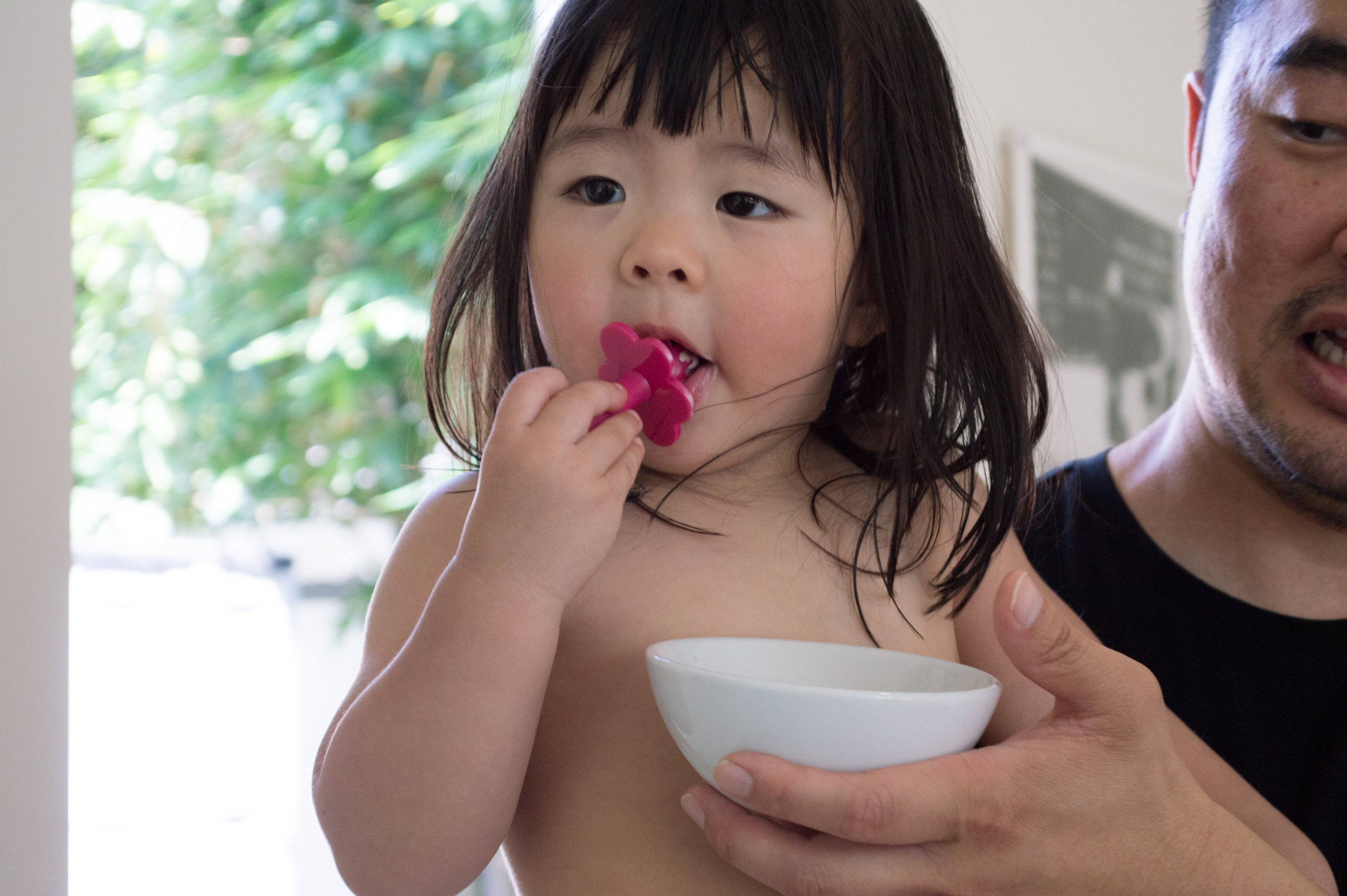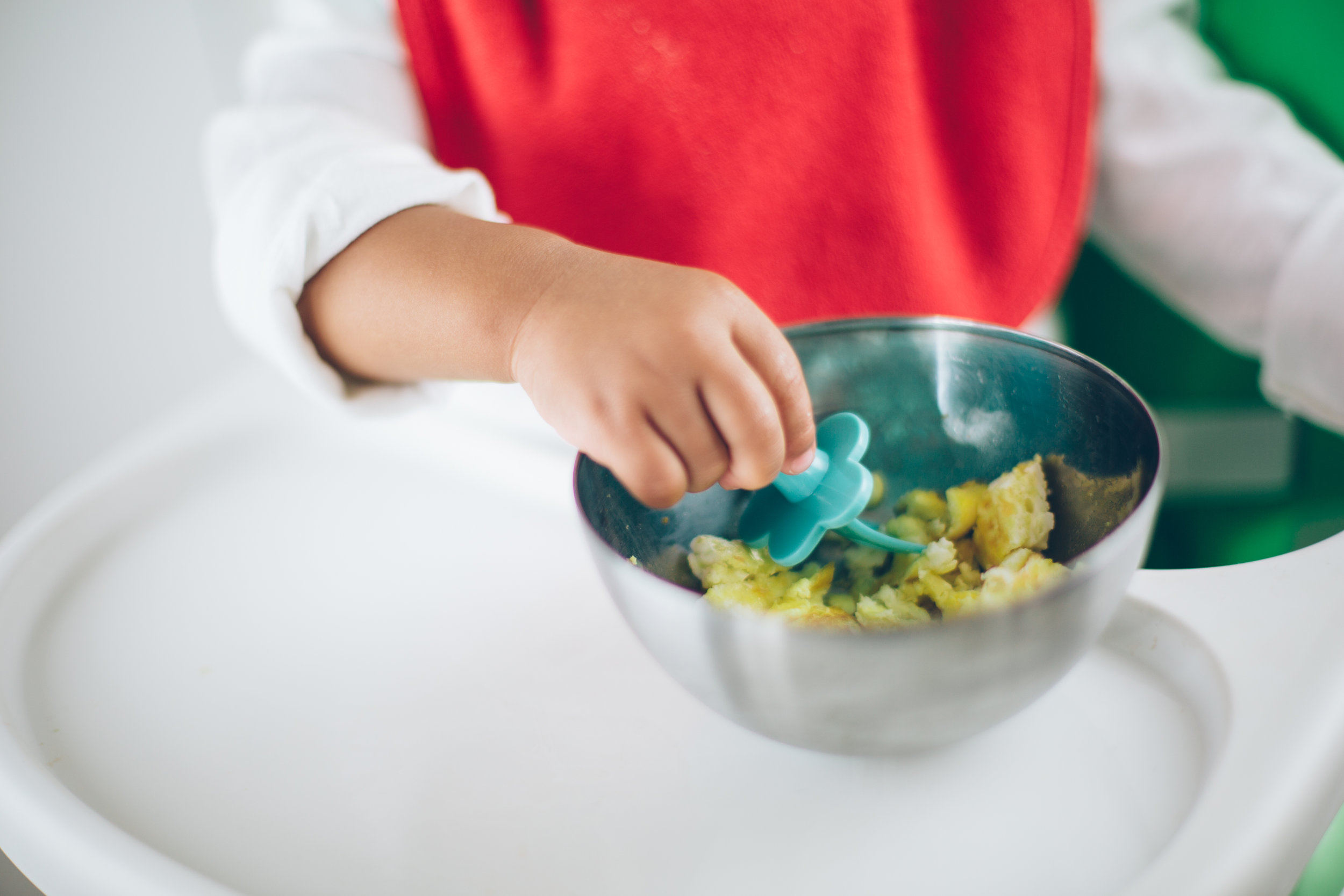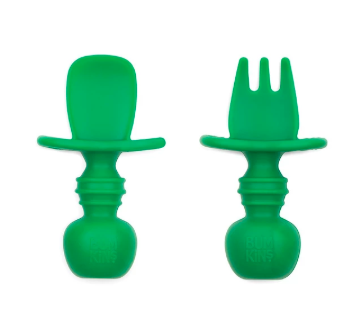How to successfully let baby using a spoon (with recipes!)
/Does your baby love to self-feed with fingers, but isn’t keen on using a spoon?
While self-feeding using fingers is an important skill, so is learning to use a spoon. It’s a developmental milestone that kids achieve shortly after the 1st year & gain refined skill by age 2.
Kids may prefer using their fingers because they get feedback through the skin, muscles & joints that helps them feel safe. With a spoon, the feedback is primarily via the lips, tongue & mouth. That’s why it’s so important for babies to go through 2 stages of mouth play: generalized mouthing in infancy & discriminative mouthing at about 4 to 5 months of age. That means baby is gaining the motor skills to intentionally move teethers & toys in her mouth as she explores the shape & texture. Most importantly, she gets to experience exactly how her body responds to that stimuli before food is introduced!
By 9 months of age, when kids aren’t comfortable with a spoon in their mouths, they may have missed out on this type of exploration. Offer opportunities throughout the day (always when your child is safely seated) to mouth safe, flexible mouth toys. The grabease 2-in-1 self-feeding silicone spoon is a bit smaller than the grabease utensils, flexible & has a texture handle. It’s a great first spoon for dipping & building confidence in a child who is hesitant.
Got a toddler who isn’t keen on self-feeding with utensils? Offer the slightly larger grabease utensils during pretend play & let her lick & bite without the sensory component of food in her mouth. Keep offering the spoon at snack/mealtimes, too. Give it a month & if your child is still hesitating, contact an occupational therapist or a speech language pathologist who specializes in feeding to offer specific strategies for your older child."
Mashed Sweet Potato
Sweet potato is a good start to introduce vegetables to your baby. Peel and roughly chop the sweet potato before boiling. Wait until tender, then transfer to a bowl to mash. Seasonings like salt, pepper, and garlic powder can be added for taste. Mashed food is a great way to teach your baby how to use a spoon. It doesn’t require much chewing either, since they have yet to develop teeth.
Ensure that the spoon your child is using is fit for their needs. Baby spoons allow for better grip and are made soft since their teeth are still growing. Choosing a brightly colored spoon can also entice your baby to eat on their own.
Grabease Silicone Spoons are patented, pediatrician tested and come in fun colors.
Scrambled Eggs
Eggs are a good source of protein and are customizable to your baby’s preference. You can cook the scrambled eggs with cheese to add flavor and a bit of texture. If you’re teaching your baby to use their hands to eat, cook the eggs using a folding technique instead of whisking. If needed, slice the eggs into bite-size pieces before serving. This way, the shape of the eggs will be easier for them to pick up.
Since your baby is learning to self-feed, it is best to place their food in a baby-proof dish. Opting for baby bowls that have a suction prevents them from spilling their food. Additionally, choosing break-proof dinnerware is a safe option for their learning hands.
Grabease Silicone Suction Bowl is also patented and pediatrician tested. It is made of food grade silicone that is resistant to bacteria, odor, and stains. The strong suction adheres to most surfaces to make learning to self-feed easier for both parent and baby. It's also dishwasher safe!


